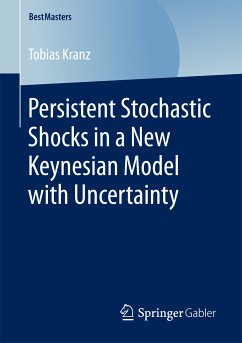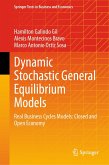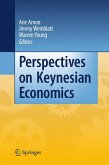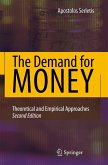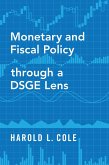Contents
· Historical recapitulation of DSGE Modeling
· Derivation of a basic New Keynesian Model
· Augmentation with persistent shocks and uncertainty
· Comparative statics and a wide range of numerical simulations
· Mathematical concepts and background information in the appendix
Target Groups
· Researchers and graduate students in macroeconomics and monetary policy
· Managers and practitioners in the fields of monetary economics
The Author
Tobias Kranzobtained his Master of Science degree in Economics at the University of Trier in 2015. He has been working as postgraduate at the chair of Empirical Economics (University of Trier) since 2016.
Dieser Download kann aus rechtlichen Gründen nur mit Rechnungsadresse in A, B, BG, CY, CZ, D, DK, EW, E, FIN, F, GR, HR, H, IRL, I, LT, L, LR, M, NL, PL, P, R, S, SLO, SK ausgeliefert werden.

